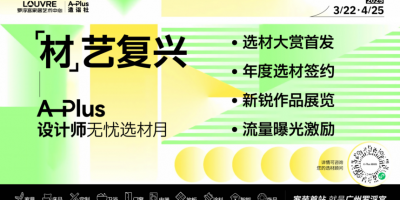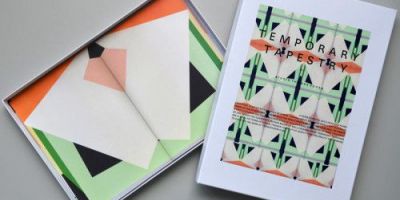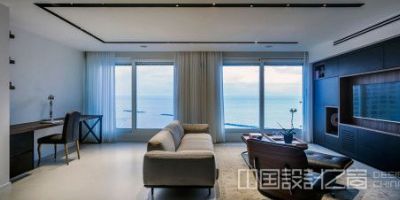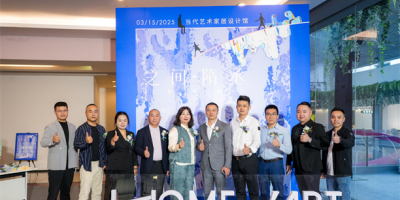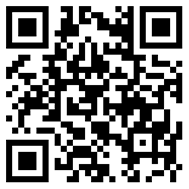在封底,用Peter Marin的話來說:he Free People是一篇關于新一代年輕人和滲透他們生活的開放和分享的質量的照片散文。這是一本關于他們的音樂,他們的工作,他們的流動性,他們讀什么,買什么,他們的風格,關于為什么他們是自由人以及他們如何生活的書。伍德斯托克音樂節(jié)(Woodstock Music Festival)已經有了很多成就。這不是一本關于那個節(jié)日的書;這是一本關于去過那里的人的書。這本書包含了瑞典攝影師安德斯·霍爾姆奎斯特(1933–2008)的照片,由彼得·馬林介紹。這本書最初由Outerbridge &1969年在美國的Dienstfrey。這本書,由Samuel N. Antupit設計,已由膠版平版印刷在70磅料斗膠版白牛皮紙。書名設置在庫柏高光,一個變種的庫柏黑發(fā)行的美國打字機在1921年和命名為奧斯瓦爾德庫柏。這種字體源自庫珀的舊字體(1919年為巴恩哈特兄弟公司設計)。它與弗雷德里克·w·高迪在同一年設計的古迪古董極其相似。較小的顯示物質是設置在利諾types Pabst額外粗體濃縮,源自另一個設計由多產的Goudy, Pabst舊風格。正文以10點Garamond輕斜體排版,這是1620年由Jean Jannon剪下的法語字母的中間版。jannon的字體被法國國家印刷局收購,在19世紀,它們被重新發(fā)現,重新發(fā)行,并錯誤地認為是克勞德·加拉蒙德,世界上第一個獨立的印刷廠的所有者。
">From the back cover, in the words of Peter Marin:
The Free People is a photo essay about a new generation of young people and the quality of openness and sharing that permeates their life. It is a book about their music, their work, their mobility, what they read and what they buy, their styles, about why they are free people and how they live.Much has been made of the Woodstock Music Festival. This is not a book about that festival; it is a book about the people who went there.
The book contains photographs by Swedish photographer Anders Holmquist (1933–2008), with an introduction by Peter Marin. The book was first published by Outerbridge & Dienstfrey in the United States of America in 1969.The colophon includes notes on the fonts in use:
This book, designed by Samuel N. Antupit, has been produced by offset lithography on seventy pound Hopper offset white vellum paper. The title is set in Cooper Highlight, a variation of the Cooper Black issued by American Typefounders in 1921 and named for Oswald Cooper. This typeface is derived from Cooper’s Old Style (designed in 1919 for Barnhart Brothers & Spindler) which bears more than considerable resemblance to Goudy Antique designed by Frederick W. Goudy in the same year. The smaller display matter is set in Linotype’s Pabst Extra Bold Condensed, derived from another design by the prolific Goudy, Pabst Old Style. The text matter is set in ten point Garamond Light Italic, an Intertype version of the French letter cut in 1620 by Jean Jannon. Jannon’s types were acquired by the French National Printing Office where, in the nineteenth century, they were rediscovered, reissued and mistakenly attributed to Claude Garamond, proprietor of the world’s first independent typefoundry.


